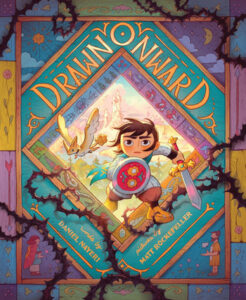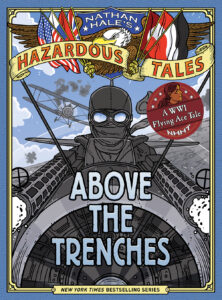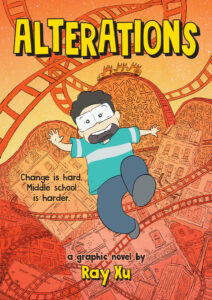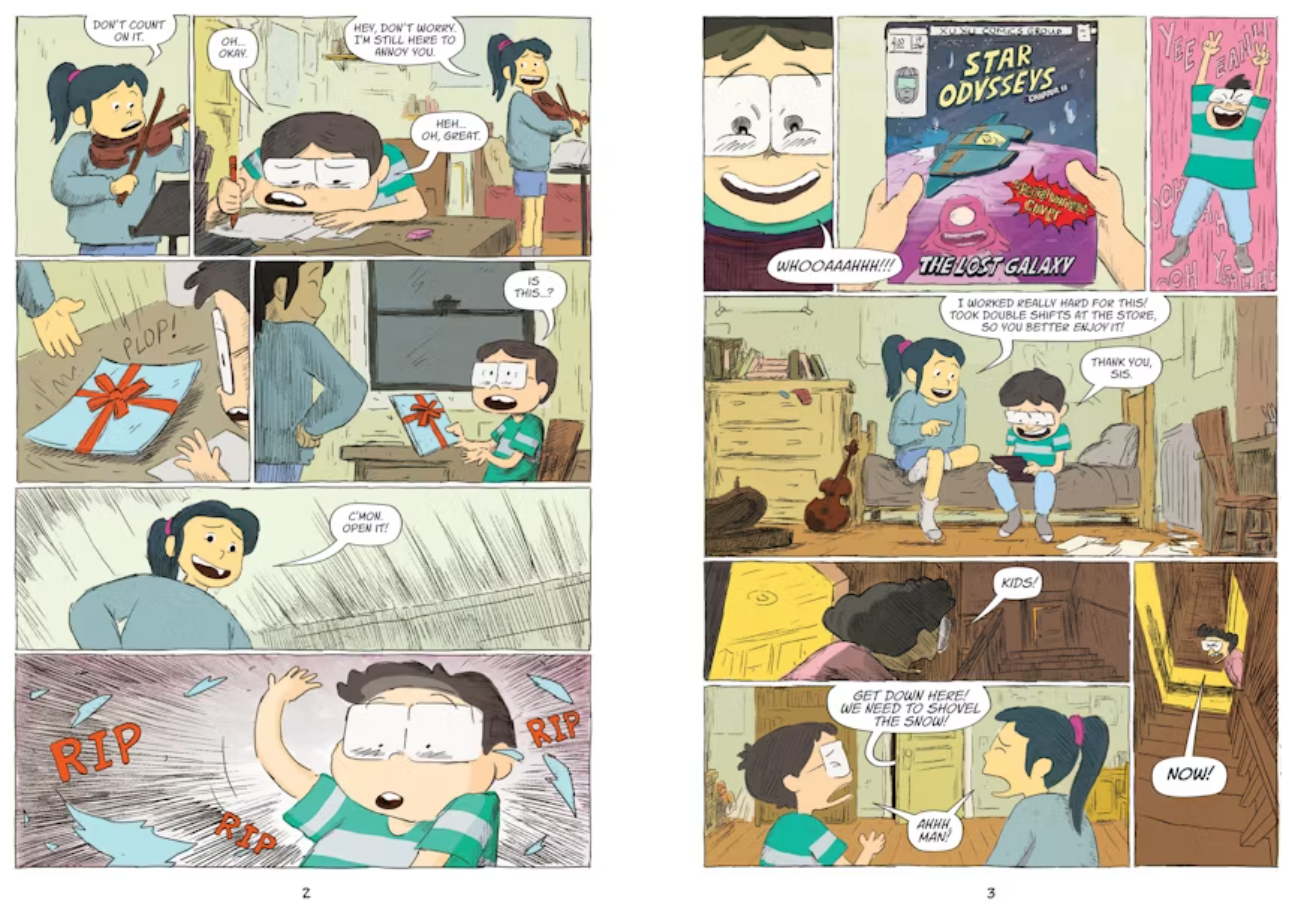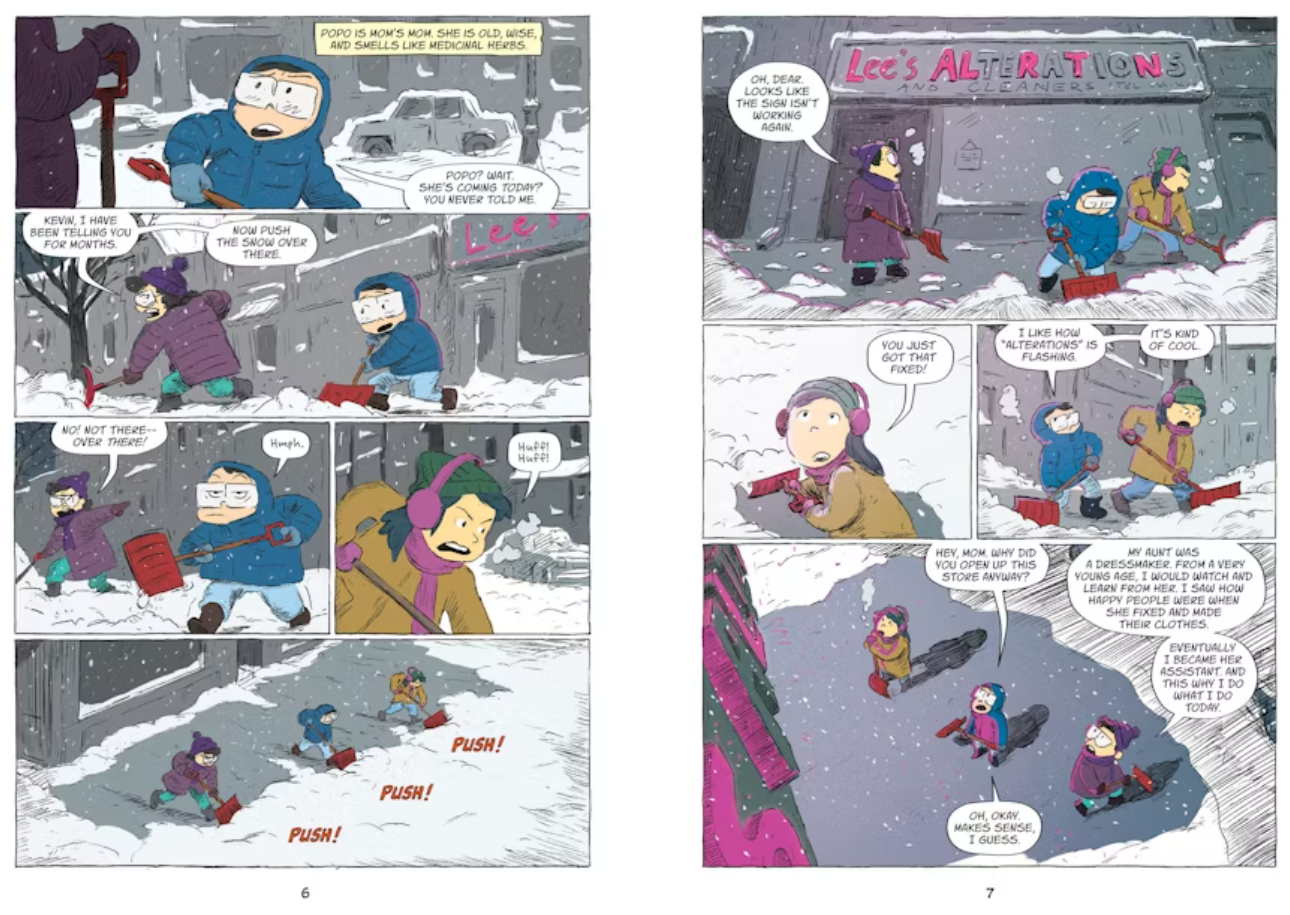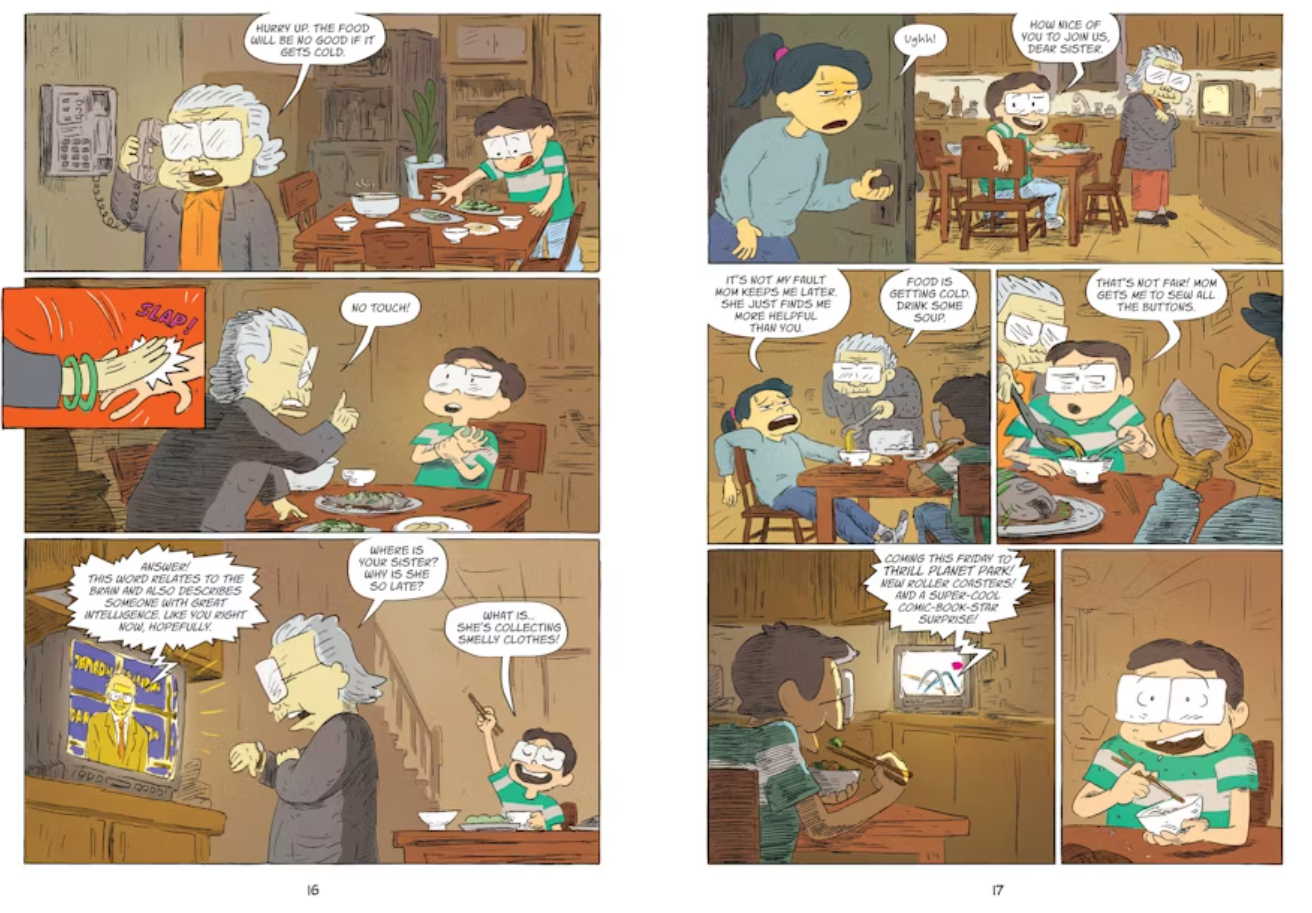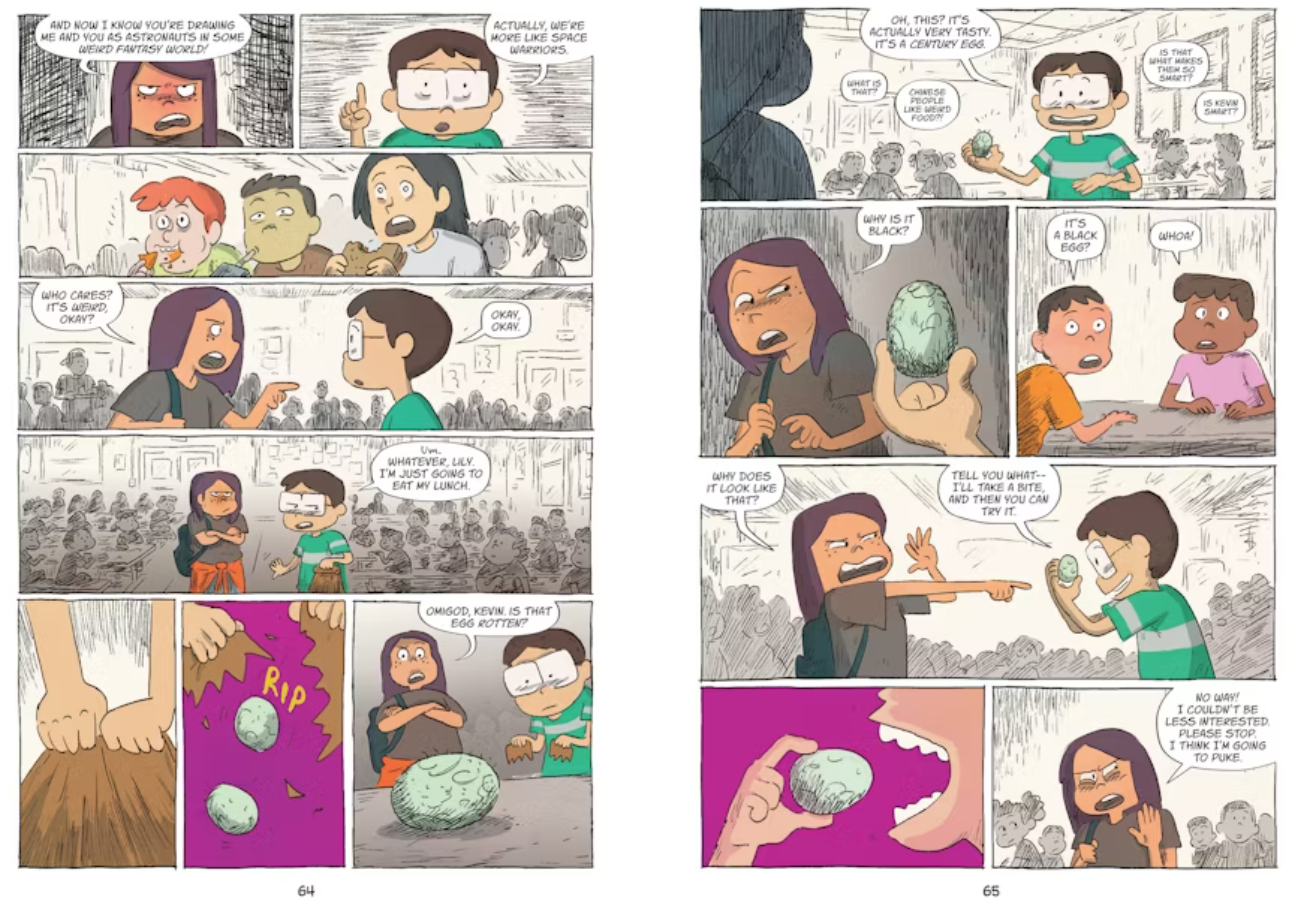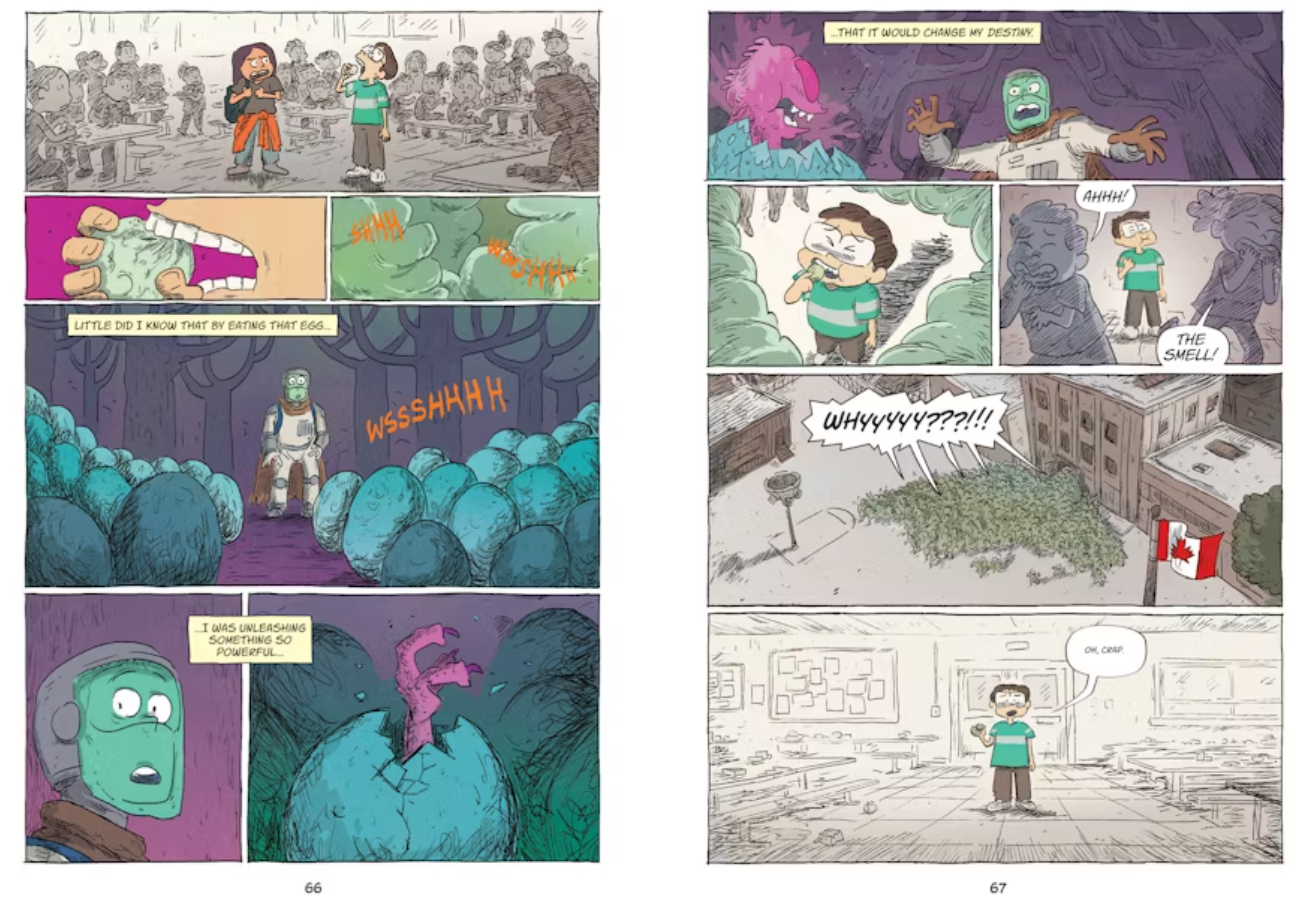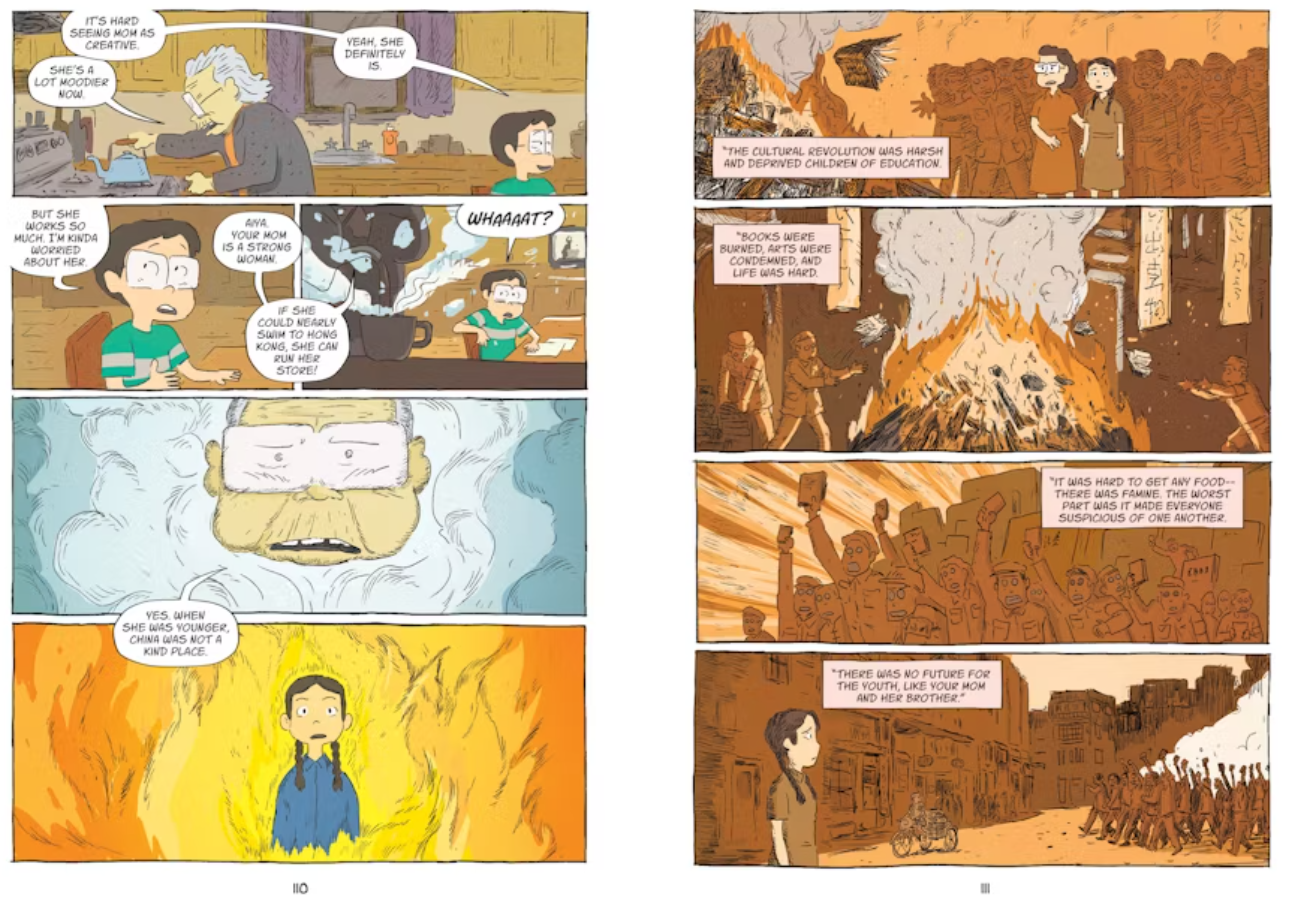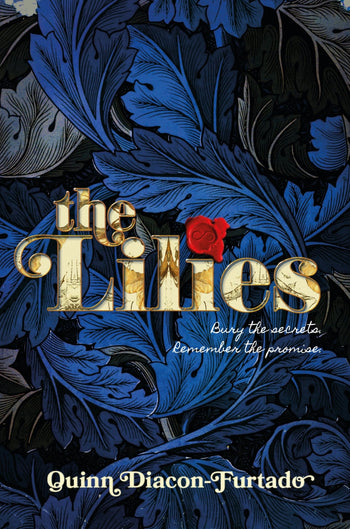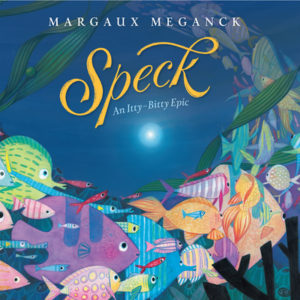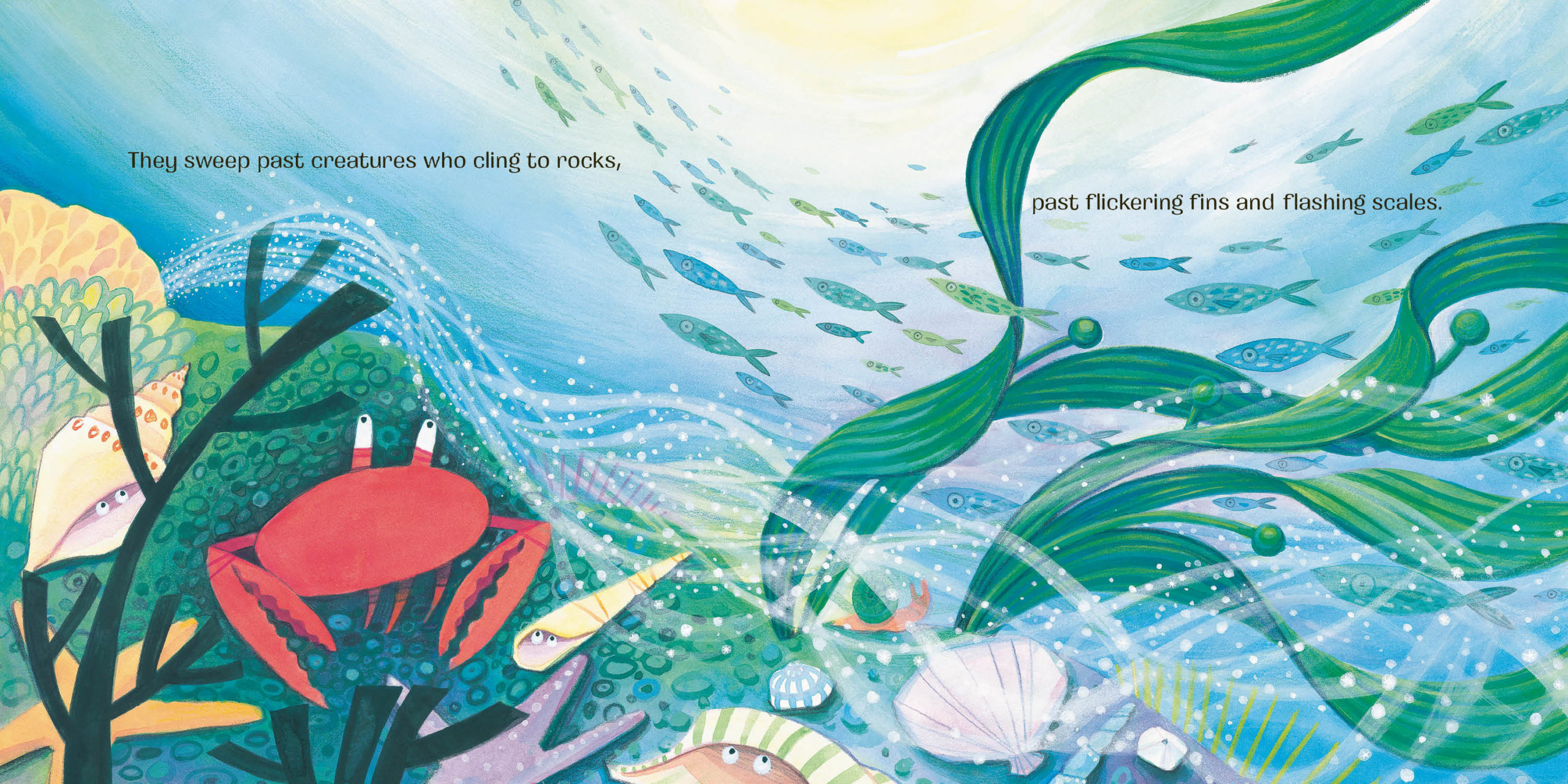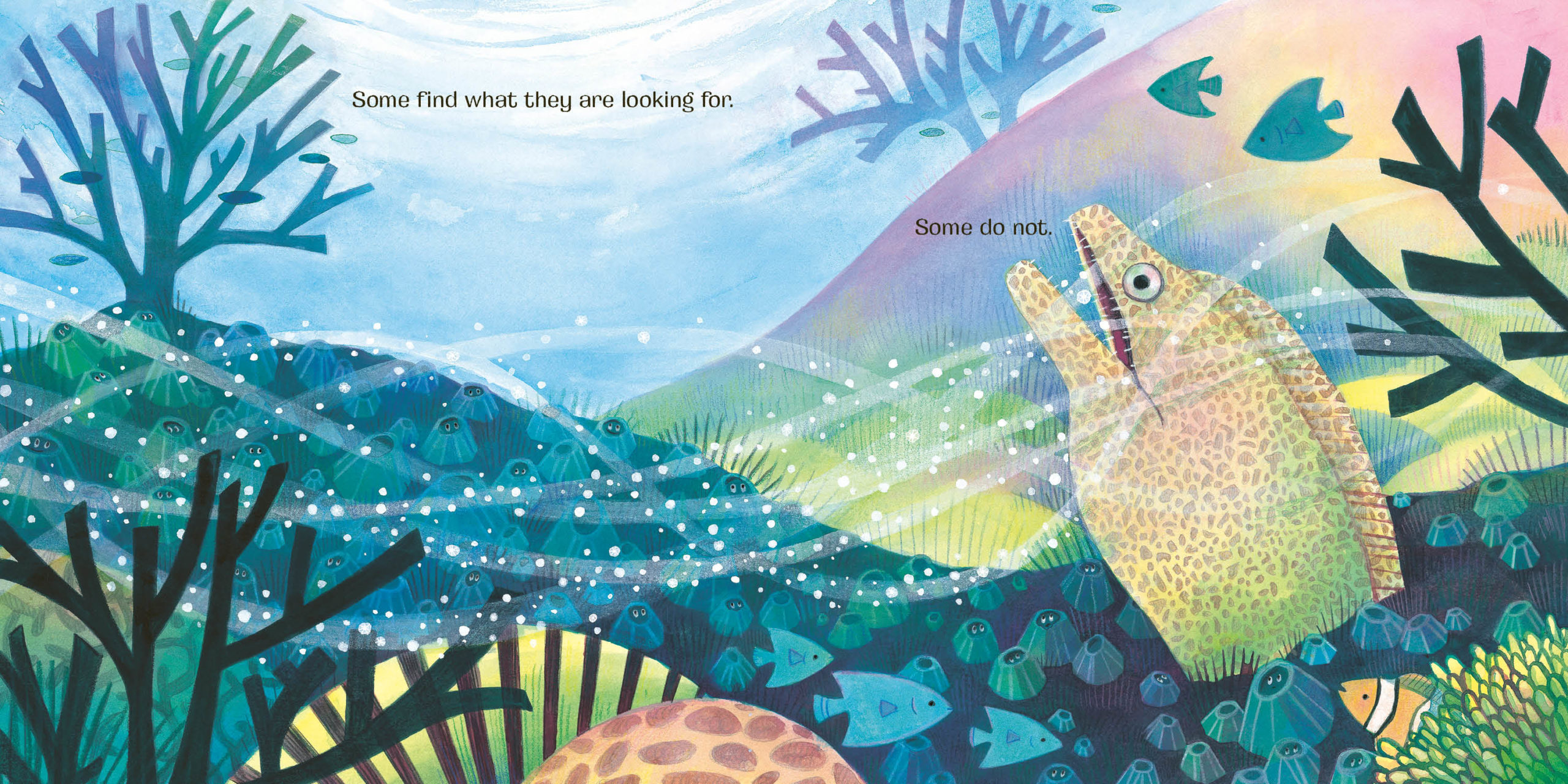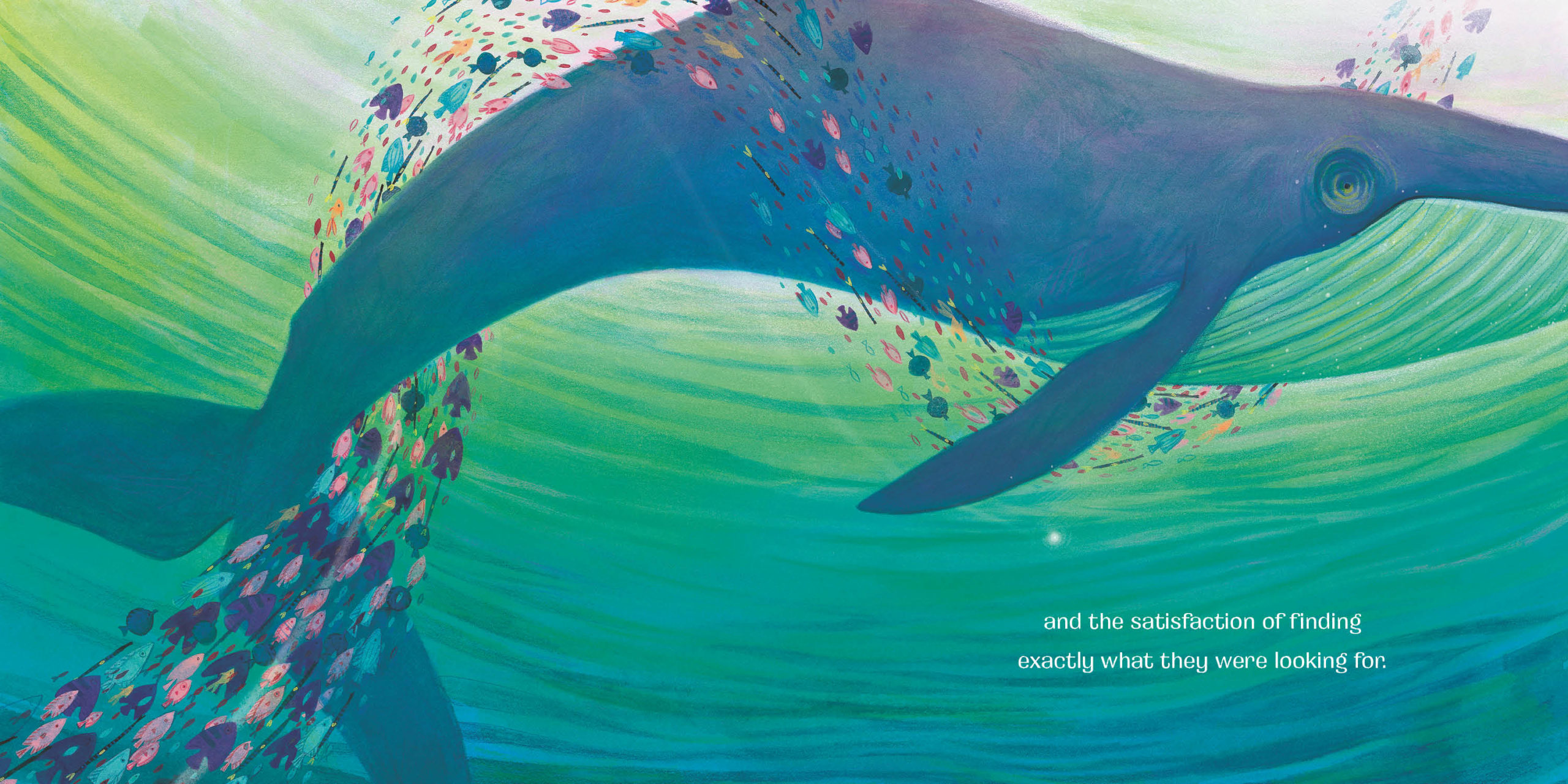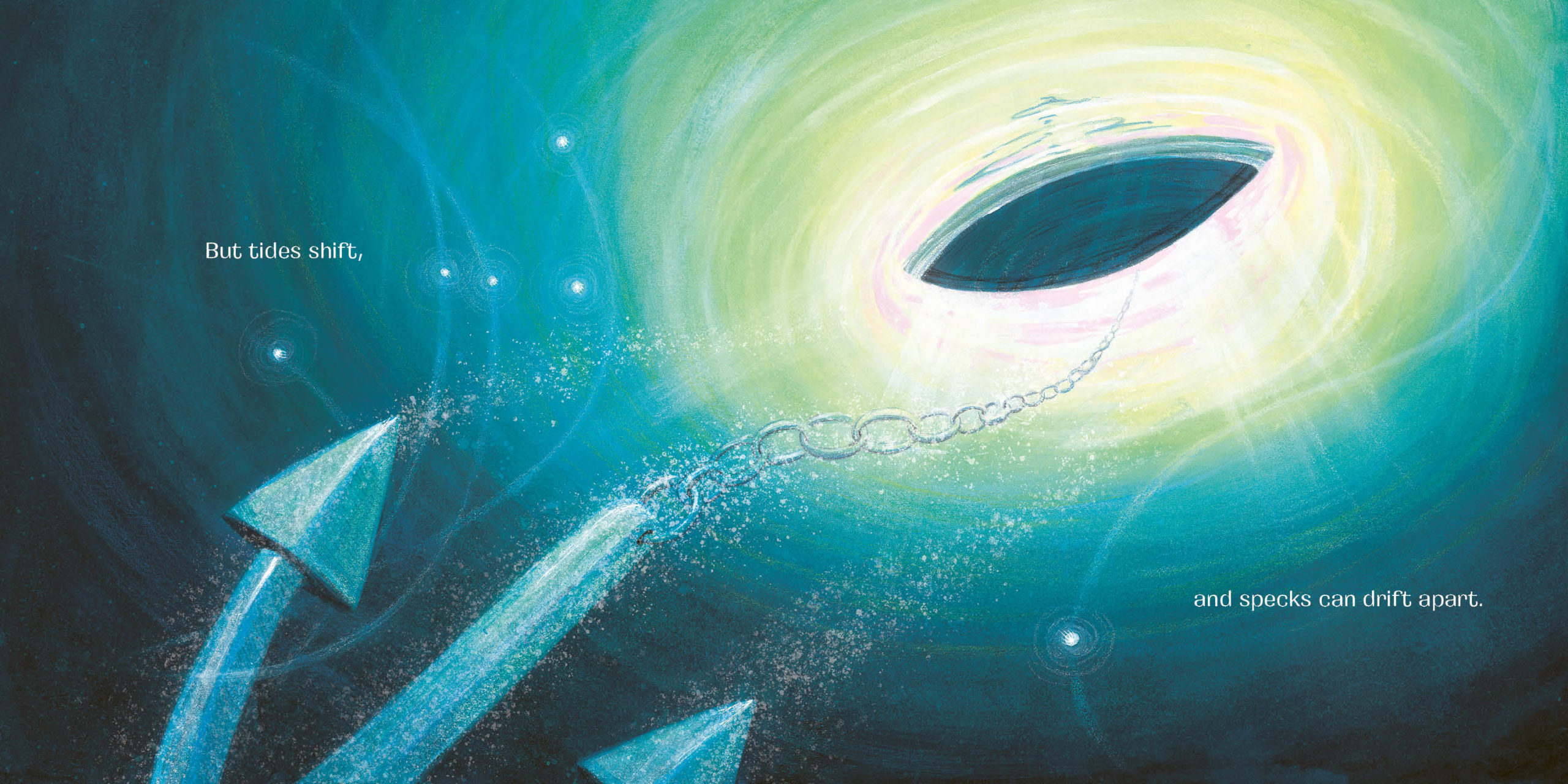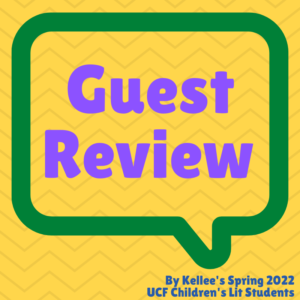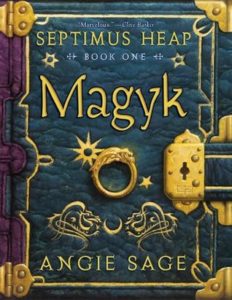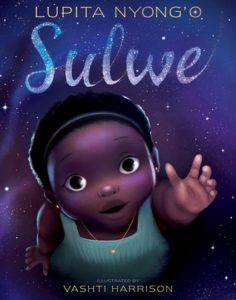Drawn Onward
Author: Daniel Nayeri
Illustrator: Matt Rockefeller
Published October 8th, 2024 by HarperCollins Children’s Books
Summary: In this enthralling and emotional palindrome picture book by Daniel Nayeri and Matt Rockefeller, a young boy grieving the loss of his mother embarks on a lushly fantastical adventure that illuminates what remains when our loved ones are gone.
All alone
He was not so brave…
His heart needed to know
The answer.
This lyrical, heartfelt story a young boy who’s lost all hope braves the dark forest to ask, “Mom, were you glad you were mom?” Gorgeously illustrated, Drawn Onward gently guides readers through the depths of grief and provides comfort and hope to those who seek answers when it feels like all is lost.
Praise:
⭐“Magnificently illuminated, video game–like spreads by Rockefeller feature stone ruins, menacing dragons, and ornaments that give the pages a book-of-hours feel. Printz Medalist Nayeri, meanwhile, distills an experience of grief, imparting the importance of seeking time alone to relive moments of shared love.” — Publishers Weekly (starred review)
⭐“A touching triumph of artful collaboration between wordsmithing and world building. Nayeri’s text is sparse but heartrending, sparking large questions that drive readers forward and allowing Rockefeller ample space to construct an evocative fantasy world.” — Booklist (starred review)
⭐“A grieving young boy goes on an impossible adventure and returns, healed. The illustrations are so filled with detail that they demand repeat visits, which will prompt little ones and their grown-ups to delve into the ellipses and explore both text and subtext further.” — Kirkus Reviews (starred review)
About the Creators:
Daniel Nayeri likes to read things backward even when it doesn’t make sense to do so. He is the author of Everything Sad Is Untrue (A True Story), winner of the Printz Award, the Christopher Medal, and the Middle Eastern Book Award. He loves letter-unit palindromes, like “toot” and “God’s dog,” and word-unit palindromes, like “Never say never” and “Fall leaves after leaves fall,” and if he didn’t say how much he likes and loves his wife and son, he wouldn’t be Daniel Nayeri.
Matt Rockefeller is a visual storyteller inspired by adventuring in the mountains, interpretive dancing with friends, and pondering the many wonders of the universe. In addition to drawing and writing comics, he creates artwork for TV and film animation. He lives in Portland, Oregon, with his family including a little dog that may or may not be a fox.
Review and Educators’ Tools for Navigation: This sparsely-worded text has so much to say. It has so many beautiful layers that readers can dive into. Nayeri’s storytelling is clear, even with little text, and Rockefeller’s illustrations are reminiscent of video games and epics. Drawn Onward is perfect for lessons on visual literacy as the text gives some guidance to the reader but the story is most clear through images. Students could could even write their own narrative to add to the images! And I also would love to hear a conversation of readers discussing the symbolism and theme of the book.
Discussion Questions:
- What is the theme of the story?
- Why do you think the author chose to title the book a palindrome?
- How was the story symbolic of a palindrome?
- What do you think the forest symbolized? The sword? The dragon? The dark? Did you notice any other symbols?
- What strategies did the illustrator use to portray the narrative and emotions through the images?
- How does this book reflect a hero’s journey?
- How does the tone and mood of the book change from beginning to middle to end?
Flagged Spreads:
Read This If You Love: Journey by Aaron Becker, Zelda
Recommended For:
**Thank you to HarperCollins for providing a copy for review!**
